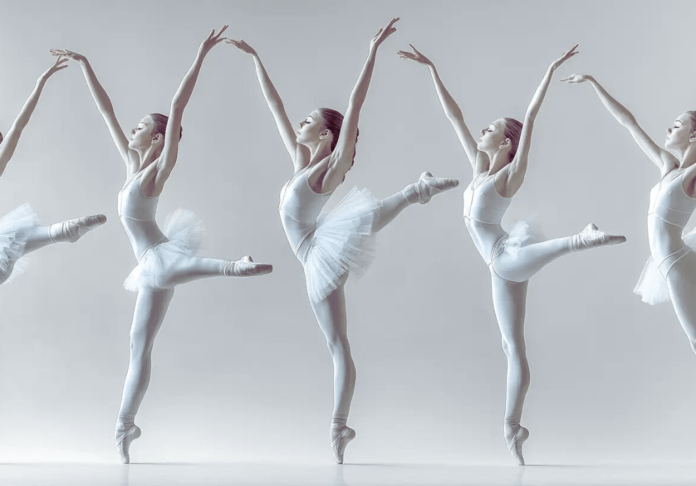Ballet is more than just a dance; it’s an art form rooted in discipline and grace. If you’re a beginner, understanding ballet positions is the foundation of your journey. These positions are the building blocks of every pirouette, leap, and plié you’ll learn. Let’s dive in and uncover everything you need to know about mastering ballet positions.
The Five Basic Ballet Positions
First Position
How to Stand in First Position
First position is the cornerstone of ballet. Start by standing upright with your heels together, and toes turned outward in a V-shape. Keep your arms rounded in front of you at belly-button height, as if holding a beach ball.
Common Mistakes to Avoid
Avoid forcing your turnout—it should come from your hips, not your knees. Keep your shoulders relaxed and chin up for a poised stance.
Second Position
Mastering the Open Stance
The second position widens your base. Move your feet apart, maintaining the outward turnout, while keeping your arms out to the sides, slightly rounded.
Practical Applications in Ballet
The second position offers stability and is ideal for transitions and balance-based movements like pliés or port de bras.
Third Position
Understanding Its Transitional Role
The third position is often considered a preparatory pose. One foot is placed in front of the other, with the heel touching the middle of the back foot.
Perfecting Arm and Leg Alignment
Ensure your arms mirror the legs: one arm should be rounded in front (like in the first position), and the other extended to the side.
Fourth Position
Maintaining Balance and Stability
Fourth position involves one foot placed directly in front of the other with a slight gap. It demands balance, making it a bit trickier than earlier positions.
Using Fourth Position in Dance Sequences
This position is often used for pirouettes or preparing for jumps, requiring a solid foundation.
Fifth Position
Achieving Precision and Elegance
The fifth position requires placing one foot in front of the other, heel touching toe. This position embodies elegance and precision.
Why It’s Considered the Most Challenging
Perfect turnout and alignment are critical here, making the fifth position an actual test of a dancer’s skill.
Advanced Ballet Positions
Sixth Position
A lesser-known position where both feet are parallel and together. It’s often used in contemporary ballet styles.
Relevé Positions
What Is a Relevé?
Relevé involves rising onto the balls of your feet from any position, adding height and strength to your movements.
Improving Strength Through Relevés
Practicing relevés builds muscle strength in your calves and improves your balance.
Écarté Position
Adding Expression to Your Movements
Écarté, meaning “separated,” involves tilting the body diagonally with extended arms and legs, adding flair to performances.
The Role of Arms in Ballet Positions
First Position Arms
Rounded arms held in front of your body appear to have an invisible sphere.
Second Position Arms
Outstretched but slightly rounded arms create balance and elegance.
The Importance of Graceful Transitions
Smooth arm movements between positions enhance the fluidity and aesthetic of your dance.
Tips for Perfecting Ballet Positions
Strengthening Your Core and Legs
Core strength is essential for maintaining balance, while strong legs support turnout and stability.
Practicing Daily to Build Muscle Memory
Repetition is key in ballet. Daily practice helps engrain movements, making them second nature.
Conclusion
Mastering ballet positions takes time, patience, and dedication. These foundational stances are the gateway to more complex movements and routines. Remember to practice consistently and focus on proper alignment to achieve the grace and precision ballet is known for.
FAQs
How long does it take to master the basic ballet positions?
It varies, but most beginners grasp it within a few months with daily practice.
Can adults learn ballet positions effectively?
Absolutely! Ballet is for all ages, and adult learners can make significant progress with dedication.
What’s the best way to avoid injury while practising?
Warm up properly, listen to your body, and don’t force your turnout or flexibility.
Do I need professional ballet shoes to start?
Not initially. Socks or soft dance slippers work fine for beginners.
How often should I practice to see improvement?
Aim for at least three to four weekly practice sessions for consistent progress.
For more information, visit my blog:-zisbrand.com

